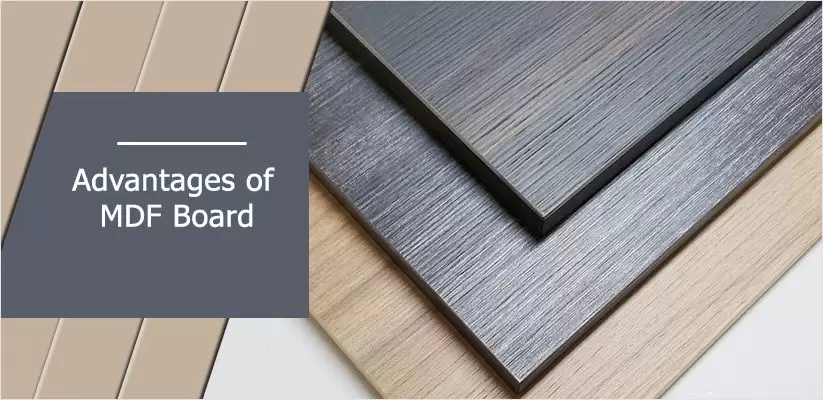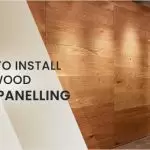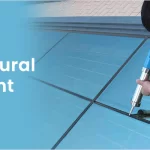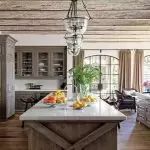MDF stands for medium-density fiberboard. It is manufactured by binding hardwood or softwood fibres with resin and wax under high temperatures and pressure. MDF is denser than plywood and particle board. There are many advantages of MDF boards and they are used for both residential and commercial construction. However, there are also some disadvantages associated with MDF boards. Both have been discussed here.
Post your Requirement
Suggested Post: What is MDF Plywood?
Advantages of MDF Board
These are some of the MDF wood advantages which make it a popular wooden construction material.
- MDF is an engineered product. Hence, it has no grain. This is why it is easy to cut and drill without the risk of damage. Its density also makes it suitable for machines.
- MDF has a very smooth surface devoid of knots and kinks.
- MDF can be painted or stained to appear like natural wood. Wood veneers and laminates can also be attached to MDF boards to impart a natural wooden appearance. Thus, mdf is a good alternative to natural wood without compromising on the appearance of a natural wood.
- MDF does not expand or contract due to moisture or temperature changes, unlike natural wooden products such as doors. The swelling caused in MDF due to water is also much less. Thus, MDF is dimensionally stable.
- Hinges and screws fix better on MDF because its density is more as compared to porous and open-grained natural wood. Thus, a stronghold can be created by using MDF.
- MDF takes colour very easily and swiftly. Natural wood, on the other hand, takes a long time to be stained with colour.
- The highly smooth edges of MDF make cutting and carving designs very simple.
- MDF is resistant to termites and other insects because it is treated with special chemicals during the manufacturing process.
- MDF is economical and costs a fraction of the price of natural wood. Thus, it is a cheaper substitute for natural wood. You get a natural wooden appearance without spending money on genuine wood. MDF suits the budget of most people.
- MDF is an eco-friendly product because it is made from recycled materials.
Related Post: MDF vs. Plywood vs. Particle Board
Disadvantages of The MDF Board
These are the disadvantages of MDF which must be kept in mind by people.
- MDF is weaker as compared to natural wood and is not designed to withstand extreme stress. It is prone to cracking or splitting under stress. The longevity of furniture made of MDF is inferior as compared to natural wooden furniture.
- More nails are required to install MDF boards because their density is lower than that of natural wood. The nails also need to be fixed at close intervals to avoid drooping of the board in the middle.
- Hammering a nail in an MDF board is difficult and takes a lot of time. This is because the wood does not come back around the nail after it has been hammered in. The displaced wood spoils the smooth surface. Thus, you need to sand down the surface to make it smooth again.
- MDF contain urea formaldehyde which is released from it during cutting and sanding. Urea formaldehyde irritates the lungs and eyes. Dust produced when MDF is machined is also very harmful to the lungs. Hence, it is advisable to wear a face mask and goggles when working with an MDF board. To seal urea formaldehyde inside MDF, it is better to coat the whole board with paint.
- MDF is very dense. Hence, MDF sheets are difficult to handle and require more than one person to cut, sand or install.
- The cutting edges of tools can blunt quickly when used on MDF because it has a high glue content.
Read Also: What is MDF (Board/Wood) – Its Uses & What it is Made of























Post A Comment